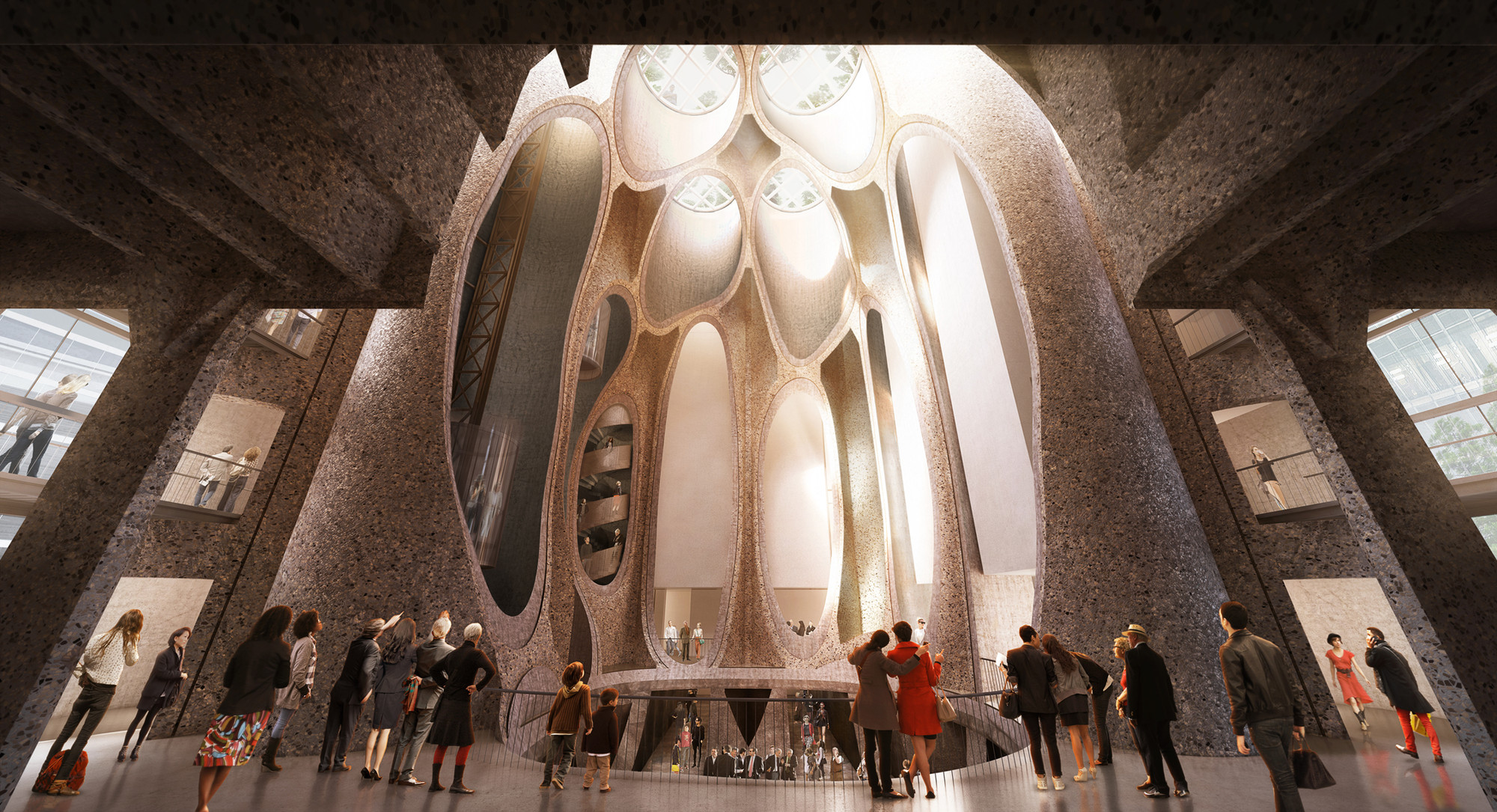
Yesterday we asked some prominent critics and a few of Ban's peers to weigh in on the Japanese architect's Pritzker win. Curators, architects, and writers praised Ban's approach and conviction, describing what Ban's work signifies to the architecture community. Read on for comments from Architecture for Humanity co-founder Cameron Sinclair, MoMA curators Barry Bergdoll and Pedro Gadanho, Cooper Union classmates Nanako Umemoto and Jesse Reiser, of Reiser + Umemototo, and more.
"We are very proud of Shigeru as the first Pritzker Prize Winner to have graduated from Cooper Union. Shigeru continues to embody the independent thinking that was highly emphasized through our education. We met Shigeru in 1979, and can speak to his dedication to humanity from the beginning. As we recall, each design problem for Shigeru became an occasion to explore the work of what he considered to be the master architects as a way of developing his own voice. It has become fashionable to connect architecture to social causes; however, Shigeru has never seen it as a trend, but rather something fundamental to his design practice. Unlike those in the discipline who conflate their social and political commitments with architecture, he happens to be a very fine architect. As a result of his education abroad and his inclination to define a unique practice, Shigeru has always been viewed as an independent within the Japanese scene. We are very excited that Shigeru's work is being honored."
- Nanako Umemoto and Jesse Reiser
Founders of Reiser + Umemototo, RUR Architecture PC



















